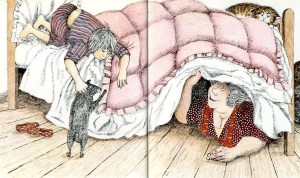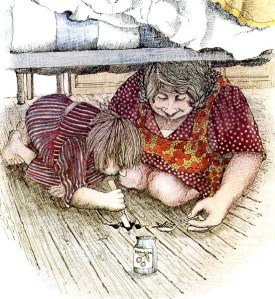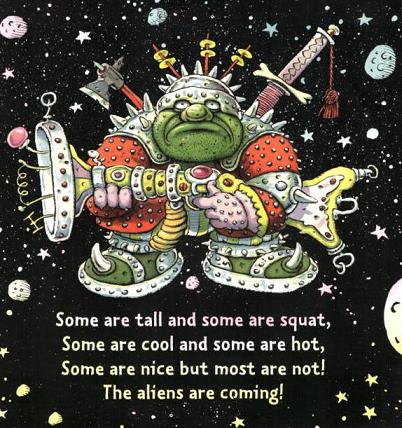
“In ancient times there existed in the country of Serendip, in the Far East, a great and powerful king. He had three sons who were very dear to him. And being a good father and very concerned about their education, he decided that he had to leave them endowed not only with great power, but also with all kinds of virtues of which princes are particularly in need.”
:–:0:–:0:–:0:–:0:–:0:–:0:–:0:–:0:–:0:–:0:–:0:–:0:–:0:–:0:–:0:–:
The father searches out the best possible tutors. “And to them he entrusted the training of his sons, with the understanding that the best they could do for him was to teach them in such a way that they could be immediately recognized as his very own.”
When the tutors are pleased with the excellent progress that the three princes make in the arts and sciences they report it to the king. He however still doubts their training and summoning each in turn, declares that he will retire to the contemplative life leaving them as king. Each politely declines, affirming the father’s superior wisdom and fitness to rule.
The king is pleased, but fearing that his sons’ education may have been too sheltered and privileged, feigns anger at them for refusing the throne and sends them away from the land.
No sooner do the three princes arrive abroad than they trace clues to identify a camel they have never seen. They conclude that the camel is lame, blind in one eye, missing a tooth, carrying a pregnant woman, and bearing honey on one side and butter on the other. When they later encounter the merchant who has lost the camel, they report their observations to him. He accuses them of stealing the camel and takes them to the king and demands punishment.
The king asks how they are able to give such an accurate description of the camel if they have never seen it. It is clear from the princes’ replies that they have used small clues to infer cleverly the nature of the camel.
Grass had been eaten from the side of the road where it was less green, so the princes had inferred that the camel was blind on the other side. Because there were lumps of chewed grass on the road the size of a camel’s tooth, they inferred they had fallen through the gap left by a missing tooth. The tracks showed the prints of only three feet, the fourth being dragged, indicating that the animal was lame. That butter was carried on one side of the camel and honey on the other was evident because ants had been attracted to melted butter on one side of the road and flies to spilled honey on the other.
As for the woman, one of the princes said: “I guessed that the camel must have carried a woman, because I had noticed that near the tracks where the animal had knelt down the imprint of a foot was visible. It was the imprint was of a woman’s foot.”
“I guessed that the same woman must have been pregnant,” said another prince, “because I had noticed nearby handprints which were indicative that the woman, being pregnant, had helped herself up with her hands.”
At this moment a traveller enters the scene to say that he has just found a missing camel wandering in the desert. The king spares the lives of the three princes, lavishes rich rewards on them and appoints them to be his advisors.
:–:0:–:0:–:0:–:0:–:0:–:0:–:0:–:0:–:0:–:0:–:0:–:0:–:0:–:0:–:0:–:
 The Three Princes of Serendip. It comes originally from the Hasht-Bihist (Eight Paradises) of Amir Khosraw written in 1301. In this poem, in Persian, king Bahram Gur, restless on his return from the hunt, has seven pavilions (“paradises”) built for him. Each pavilion is a different colour and in each is a princess from a different part of the world. Bahram visits each princess on a different day of the week. It’s the first princess, from India, and in the black pavilion, on Saturday, that tells Bahram the story of the Three Princes of Serendip.
The Three Princes of Serendip. It comes originally from the Hasht-Bihist (Eight Paradises) of Amir Khosraw written in 1301. In this poem, in Persian, king Bahram Gur, restless on his return from the hunt, has seven pavilions (“paradises”) built for him. Each pavilion is a different colour and in each is a princess from a different part of the world. Bahram visits each princess on a different day of the week. It’s the first princess, from India, and in the black pavilion, on Saturday, that tells Bahram the story of the Three Princes of Serendip.
It’s really the mother of all stories of improbable detection. And yet, this skill would have been commonplace once upon a time – when we lived by following the tracks of animals, when we crossed sees by the stars and the currents and winds.
The story has a European history too. It has become known in the English speaking world as the source of the word serendipity, coined by the letter writer Horace Walpole because of his recollection of the part of the “silly fairy tale” – a translation of Khusraw’s – where the three princes by “accidents and sagacity” discern the nature of a lost camel.
There’s a French connection too. Voltaire”s has Zadig do the same thing as the three princes. This story too became emblematic, this time of detective work. There is the “Method of Zadig” as it was called. The story could has worked its way into the world of detective fiction and into the laboratory.
There is a wonderful scholarly book – and if such a thing is possible, this is it – called The Travels and Adventures of Serendipity: A Study in Sociological Semantics and the Sociology of Science by Robert Merton. He traces the route of the word serendipity, and the idea, and its influence on science.
But all that is another story. This one, The Three Princes of Serendip, is crying out to be an illustrated children’s book. And as it’s written by an Indian and set in India, wouldn’t it be great if the amazingly creative people at Tara books could be the ones to make it?

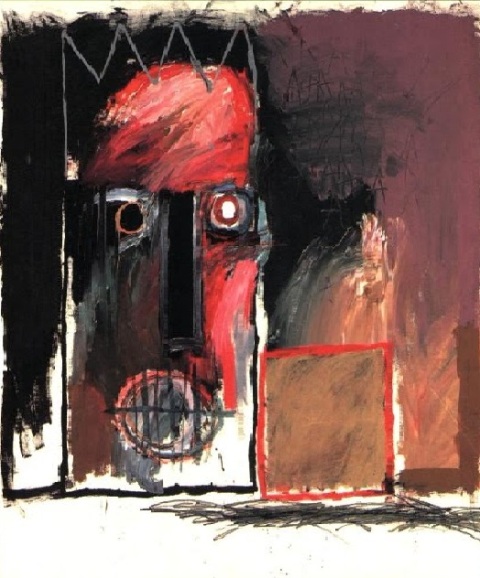

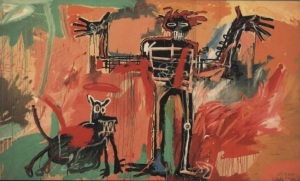
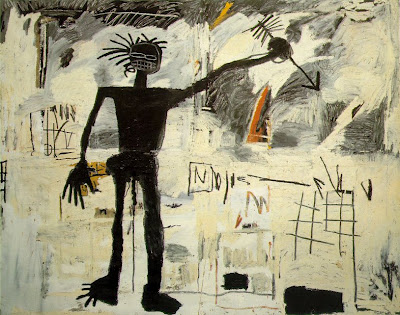
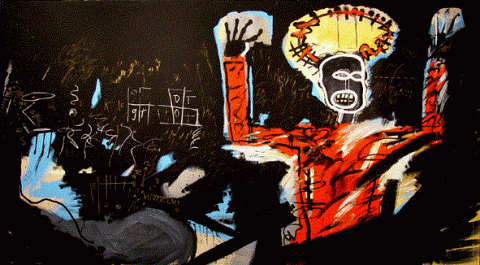
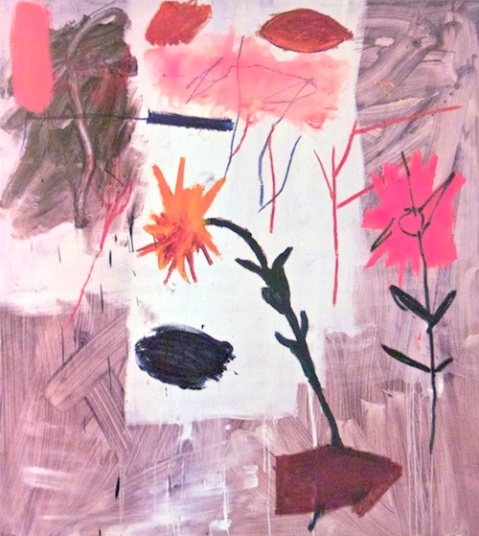






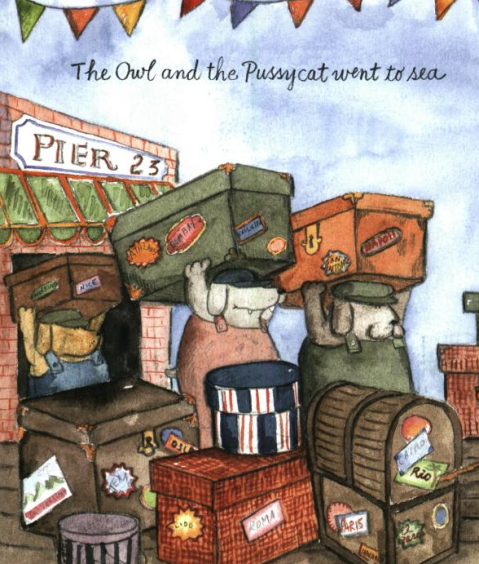


 The Three Princes of Serendip
The Three Princes of Serendip







